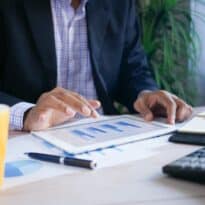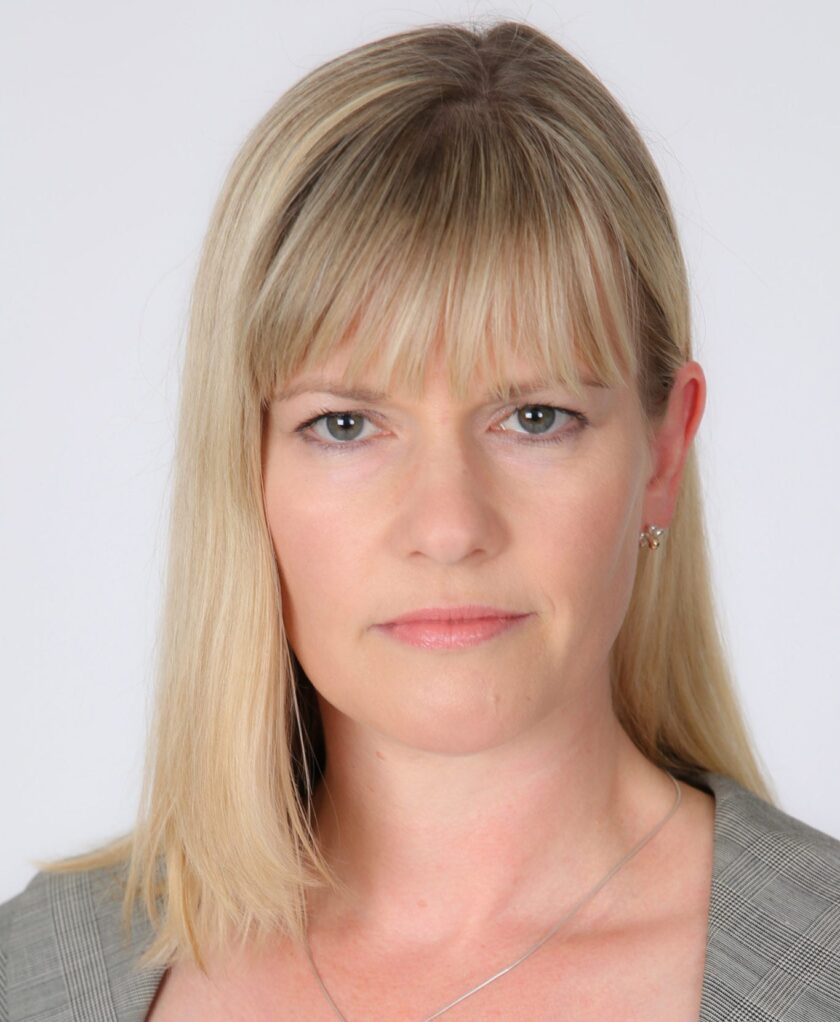Juliet Schooling Latter, research director, FundCalibre, continues her series of articles for Professional Paraplanner with a look at the LF Montanaro Better World, a fund she says ‘whose process and focus on positive impact are both straightforward and proven’.
It will come as no surprise that meeting fund managers is an essential part of our research – we like to see the whites of their eyes when we seek to understand their investment process.
I’d estimate we conduct around 250 of these meetings a year and every single presentation now has a slide on environmental, social and governance credentials (ESG). Clearly the focus on positive impact investing is growing at an exponential pace – but it’s fair to say funds take very different approaches.
This can be a challenge as some do not perceive it to be as integral to their investment process as others. For example, I remember one group having a few pages on ESG in their presentation and then having a cigarette manufacturer in their top 10 holdings.
That’s why it’s always refreshing to see a fund management team whose process and focus on positive impact are both straightforward and proven.
LF Montanaro Better World is managed by industry veteran Charles Montanaro, with Mark Rogers as co-manager.
Like the rest of the funds in the firms’ suite, it focuses on small and medium-sized businesses and maintains the company’s simple philosophy: invest in companies you can understand, buy things which are growing, back quality management, engage with your companies and don’t over trade. Wider macroeconomic factors are ignored.
The process has three stages. The first of these is what differentiates Montanaro Better World from the other funds in the Montanaro suite: looking for firms creating a positive impact. To identify these companies, the team has six impact ‘themes’: environmental protection, the green economy, healthcare, innovative technologies, nutrition and well-being. The team will also exclude companies that are causing harm, such as those involved in tobacco, weapons and fossil fuels extraction.
This stage will look at the product or service of the company and assess what problem it helps solve. At least 50% of revenue will need to come from one of the six themes, with opportunities to improve the business through engagement with the board. This part of the process is supported by a sustainability committee.
The second stage starts with a screen that looks at companies using 14 different criteria, rating the company’s growth, profitability, leverage, cash conversion and volatility. Analysts then conduct detailed fundamental analysis – including meeting management, site visits, talking to industry contacts, talking to customers and suppliers. They will then score a company based on an internal qualitative check-list. A company must also pass a corporate governance check-list.
The final stage is assessing a company’s valuation. Here, the analysts will look at the economic return the company is creating on the capital it uses and will factor in things such as hidden assets.
Geographically, the 50-stock portfolio aims to be well diversified. Most companies will be domiciled in developed markets, with the US as the largest single country. At present, the fund’s top holdings are Sartorious Stedim Biotech, Trex Company (both 3.4%) and Solaredge Technologies (3.2%)*.
Since launching in April 2018, the fund has returned 66.6 %, comfortably ahead of the average fund in the IA Global sector (39.%)**. The myth that investing sustainably comes at the price of performance has long since been proven to be exactly that. The fund has an ongoing charge of 1%*.
We are big fans of the Montanaro process of finding overlooked small and medium sized companies with quality and growth potential. This fund has everything go for it – a global mandate with a straightforward, but proven process; a positive impact screen and managed by an industry veteran with an exceptional track record. The focus on this area of the market means this fund has the potential to be a star of the future.
*Source: fund factsheet, 29 January 2021
**Source: FE fundinfo, total returns in sterling, 10 April 2018 to 4 March 2021
Past performance is not a reliable guide to future returns. You may not get back the amount originally invested, and tax rules can change over time. Juliet’s views are her own and do not constitute financial advice.




































